Let’s be honest, 2020 wasn’t a particularly good year for smartphone sales. We saw a handful of great phones hit the market, but the pandemic forced a lot of people to reevaluate what was truly important, and a flagship smartphone simply didn’t make the cut for most, especially devices like the Galaxy S20 with its $1400 sticker price.
Moving into 2021, things really haven’t changed much for most people, forcing manufacturers to tweak their strategies a bit, especially on the high end with devices like the Galaxy S21 Ultra.
Looking at the phone itself and its specs, it’s not immediately evident that Samsung’s changed much with this phone when compared to last year, but its new $1200 stick price should definitely catch your attention. I’m not here to say that $1200 for the S21 Ultra is a steal. It’s still incredibly expensive when you consider that it’s just a smartphone, but its spec sheet does make it stand out, despite the fact that Samsung has made a few significant compromises that allowed for the first meaningful year-over-year price cut we’ve ever seen in Samsung’s flagship smartphone lineup.
Design
Let’s kick things off by talking about the phone’s design. Samsung has been the king of design iteration since the Galaxy S6, with small tweaks every year. They did change things up with S10 and S20 and not in a good way, but the new look of the S21 lineup is a return to form and in my opinion, the best looking Galaxy smartphone we’ve had since the Galaxy S8 made its debut.
I think Samsung deserves a lot of credit here for making the camera module look like it’s part of the phone’s body rather than just something that was tacked onto the back of the phone. The way it melds into the top left corner of the metal frame is a stroke of genius.
You’re still left with an off-balance phone if you’re tapping away at the screen when it’s lying on a flat surface, but if you slap a case on it, you’ll never notice. Of course, a case will definitely hide the phone’s Phantom black finish which I think is just compelling the design itself.
There’s also no getting around the fact that the Galaxy S21 Ultra is a big phone. It’s roughly the same size as the Note 20 Ultra, but the increase in thickness from 8.1mm to 8.9mm is substantial and the added 20 grams in weight make it neatly 10% heavier as well.
If you like big phones, it shouldn’t be an issue, but anyone upgrading to the S21 Ultra from a smaller device will certainly need some time to adjust.
Display
When paying this much money for a phone, it’s a given that it’ll have a great display. The 6.8-inch AMOLED panel sports a resolution of 1440 x 3200 pixels which isn’t unusual for a Samsung device, but this year it’s the only one in the lineup since the regular S21 devices have been downgraded to Full HD+ displays. If a high-pixel density is your thing, this is your only option from Samsung.
On top of that, it’s the only S21 device with a curved screen since the displays on the other two models are now completely flat. The Ultra’s curve is subtle and less pronounced than it was last year, but that only means you get less glare and fewer mis-taps as you’re using the device.
Samsung’s screens have always been great for outdoor use, but the S21 Ultra takes things to a whole new level with its 1500 nits of peak brightness. Like me, you may not be spending much time outside right now, but when the weather gets warmer, you’ll have no issues seeing the screen with the sun shining down on it.
Of course, the display also sports a 120Hz refresh rate which can come in handy if you’re serious about mobile gaming, but it also improves the overall user experience with added smoothness in the launcher, but it’s most visible when scrolling through your social media feeds or while reading an article in your browser.
Switching over to 60Hz will save a little on battery life, but it’s nice that Samsung doesn’t make you choose between the higher refresh rate or a higher resolution as it did last year.
Performance
With every new Galaxy S smartphone, we’re always treated to a new chipset that delivers improved performance and power efficiency. This year the Snapdragon 888 the chipset of choice for the S21 Ultra in the US and select other markets.
If you thought last year’s smartphones were fast, the SD888 will blow your socks off… at least on paper or if you’re into running benchmarks all day long. In the real world, you’ll notice a slight improvement with the 888 over devices powered by the Snapdragon 865.
As for gaming, I really didn’t notice any significant improvements besides games loading a fraction of a second faster. That’s not to say that Qualcomm’s newest chipset is a bust, but rather that we don’t really have any games that can take full advantage of all this power. What we’re left with is a lot of headroom that developers can take advantage of in the future, but for now, there’s no real benefit in upgrading to the S21 Ultra if you’re simply looking for a competitive advantage in PUBG Mobile.
The 12GB RAM inside the Ultra is the same as what we got last year and you will have the option to upgrade to 16GB if you have more disposable cash than you know what to do with. Personally, I found that 12GB is more than enough for extremely heavy multitasking, allowing you to keep nearly 20 apps in memory at once.
One thing that’s disappointing for many is that Samsung has finally omitted the microSD card slot on all its S21 devices, even the Ultra. This limits you to 128GB of internal storage with the base model, forcing you to shell out $50 or $170 more for 256 or 512GB of storage. Personally, it’s been a few years since I’ve used a storage card in a smartphone, but those who do will definitely feel the pain. On the flip side, the phone is cheaper than its predecessor, allowing you to spend some of that extra money on the extra storage if that’s what’s truly important to you.
Cameras
Besides the display, the camera setup on the S21 Ultra will likely be the main draw for most buyers. If you want the best that Samsung has to offer, this is where it’s at.
The highlight, of course, is the 108MP sensor that is capable of capturing 8k video. But there are three additional cameras as well which includes a 12MP ultrawide camera and two 10MP zoom cameras that offer 3x and 10x magnification.
If you’re simply looking at the specs, you’ll notice that the hardware really hasn’t been upgraded when compared to last year’s Galaxy S20 Ultra. The good news is that Samsung has improved the focus issues that last year’s phone had by adding a laser autofocus module which does an incredible job assisting the main sensor in focusing on its subject.
But the main improvements are in the software where Samsung’s image processing has been tweaked to deliver more natural images that still deliver a lot of detail and improved dynamic range. Personally, I’ve never been a huge fan of Samsung’s choices when it comes to image processing, but the S21 Ultra may have finally pulled me into the Samsung camp.
It’s not surprising that Samsung’s premium camera hardware can deliver good shots, but I was surprised with its consistency and how it manages to deliver even better shots than the Pixel 5 in most situations.
The 10x zoom is especially impressive, delivering a massive improvement in detail over last year’s images, even when you digitally zoom to 20x or even 30x. The best part is that Samsung’s digital stabilization will lock in on your subject if you can hold the camera still for one second, removing the jitter you typically get with hand-held zoom shots.
Video capture on the S21 Ultra is pretty impressive as well. All four cameras on the back of the phone can record 4k/60 video. I recommend setting it to 4k/30 for improved lighting in low-light situations, but that will also allow you to switch between the different lenses while recording, giving you incredible flexibility.
Of course, there’s 8k video capture from the main sensor and Samsung’s really proud of its director’s view mode which allows you to see what the other cameras look like when recording, but I honestly don’t see the point of either of them since Director’s view drops the resolution to 1080p and 8k video capture will chew through the phone’s internal storage in minutes.
Software
My main complaint with Samsung phones has always been software. OneUI 3.0 Doesn’t feel as bloated as TouchWiz did before the skin was completely scratched, but Samsung is going back to its heavy-handed approach on customizing Android.
There are a lot of options built-in that allow you to tweak functionality, but they’re going out of their way to give everything a unique Samsung look which only makes things harder for them each time major updates to Android roll out. On top of that, Samsung is still guilty of slapping ads inside many of its first-party apps, not something we’d expect when paying $1200 for a smartphone.
The only positive changes in the software this year is that the phone comes with S Pen support and that the Bixby screen to the left of the main home screen page can now be replaced with the Google Discover Feed, something I never thought would happen.
S Pen support means the S21 Ultra can do everything the Galaxy Note can do. Samsung does sell a case with an included S Pen for the phone, but it will also work with an S Pen you might have lying around from an old Note device.
Battery Life
The Galaxy S21 Ultra certainly isn’t lacking in the battery department thanks to its 5,000 mAh cell. The only thing missing is the actual charging brick as Samsung has stolen a page out of Apple’s playbook and removed the charger from the box. That’s right, buying a premium smartphone now means you get fewer things in the box… again.
While I understand the frustrations many have expressed about Samsung’s decision, I don’t see it as an issue since Samsung knocked off $200 from the phone’s price tag. The phone will charge with any USB C charger you might have lying around and I’m sure most of you have at least a few that will do the trick.
The issue I have is that Samsung is limiting the phone’s charging speed to 25W which is downright pathetic when compared to OnePlus, Xiaomi, and other brands that are pushing faster-charging speeds.
The good news is that the 5,000 mAh cell has enough capacity to keep the phone powered up all day without needing to be topped off. Of course, if you’re planning on using the cameras all day, be ready to plug the phone in before the night is over.
Final Thoughts
As mentioned at the beginning, there’s a lot to like about the Galaxy S21 Ultra. Its sticker price is still the main reason why most people stay away, but if you’re a smartphone enthusiast looking for the best Samsung has to offer, this phone will definitely make you smile.
It may not be a huge upgrade over last year’s model, but the lower price point, improved cameras, and top of the line performance make it the smartphone to beat in 2021.
Samsung Galaxy S21 Ultra Rating: star_fullstar_fullstar_fullstar_fullstar_25 (4.3/5)
The Good
- Great Display
- Good Battery life
- Amazing Cameras
- Unique Design
The Bad
- Ad-riddled Software
- Cheaper but still expensive
The Bottom Line
The Samsung Galaxy S21 Ultra is the smartphone to buy if you have money to spare and want the best that Android has to offer.

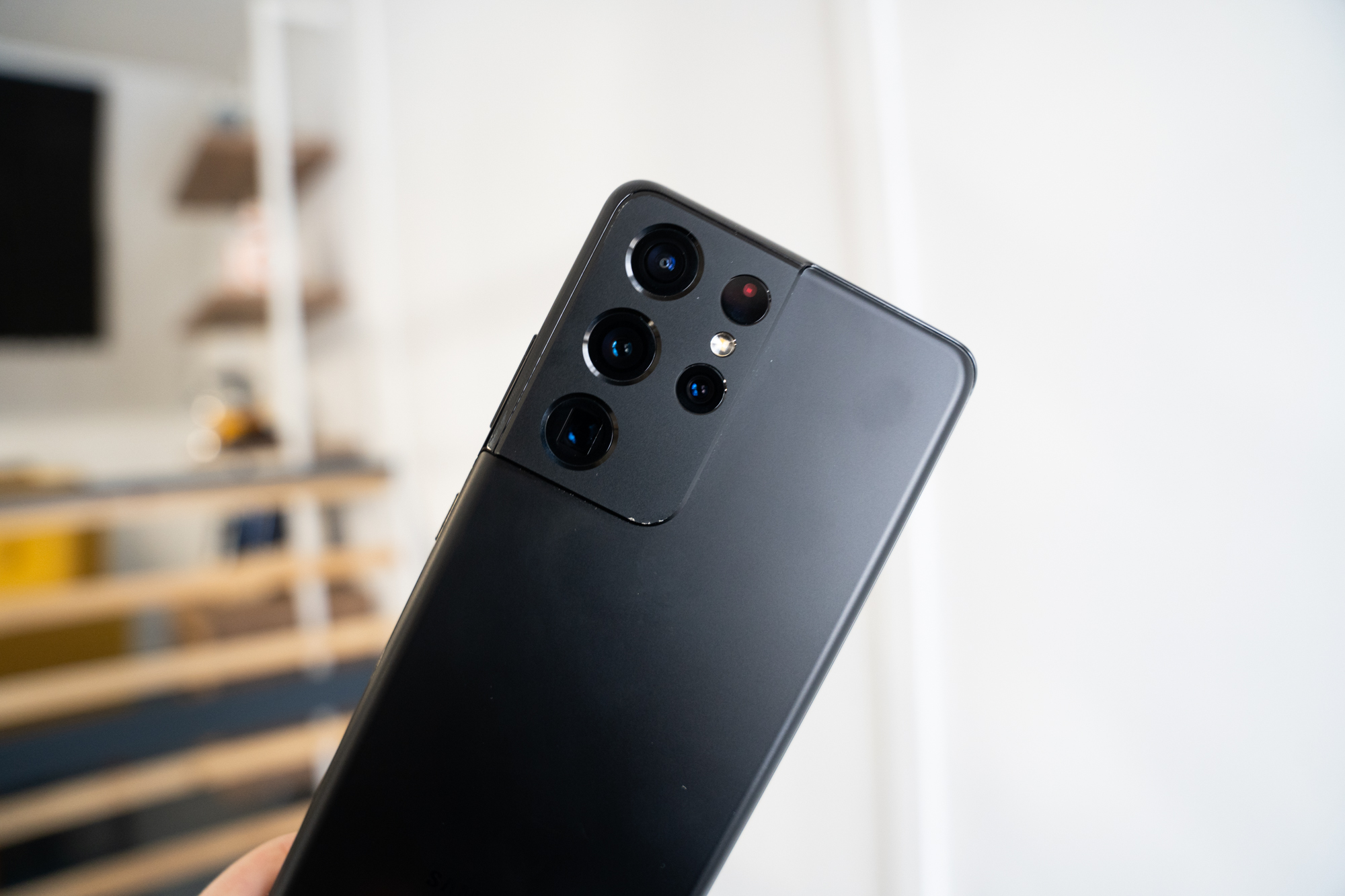




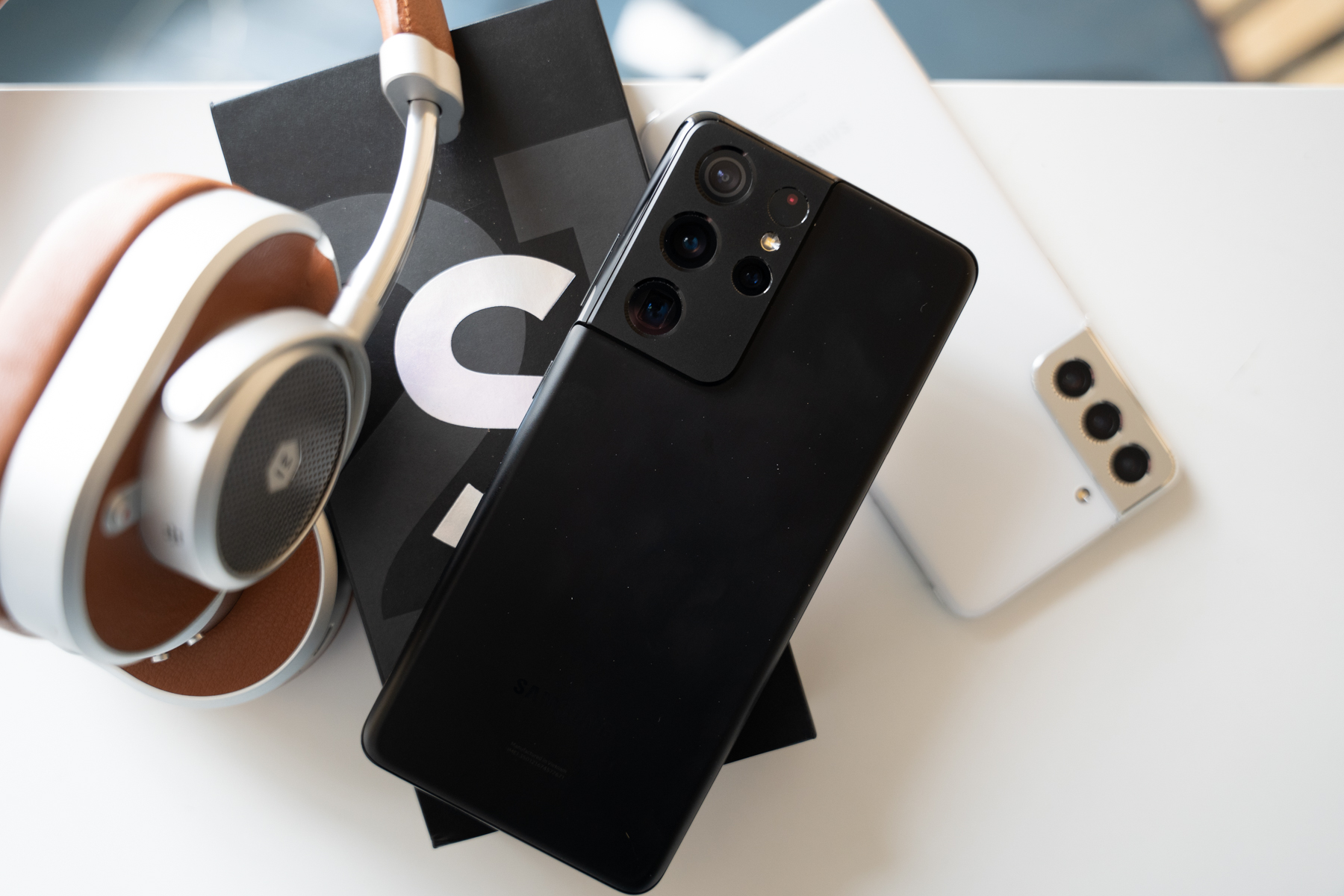
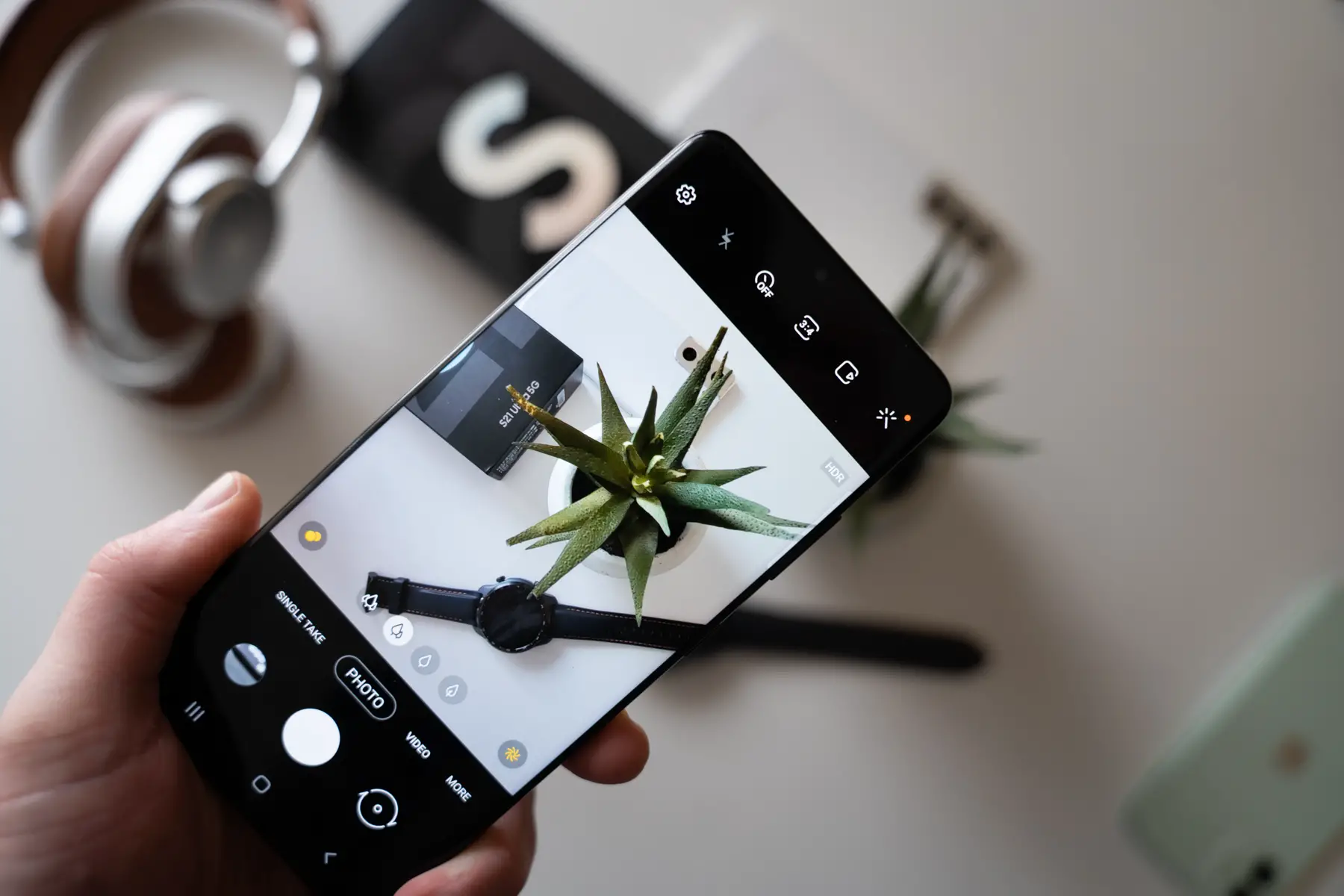



















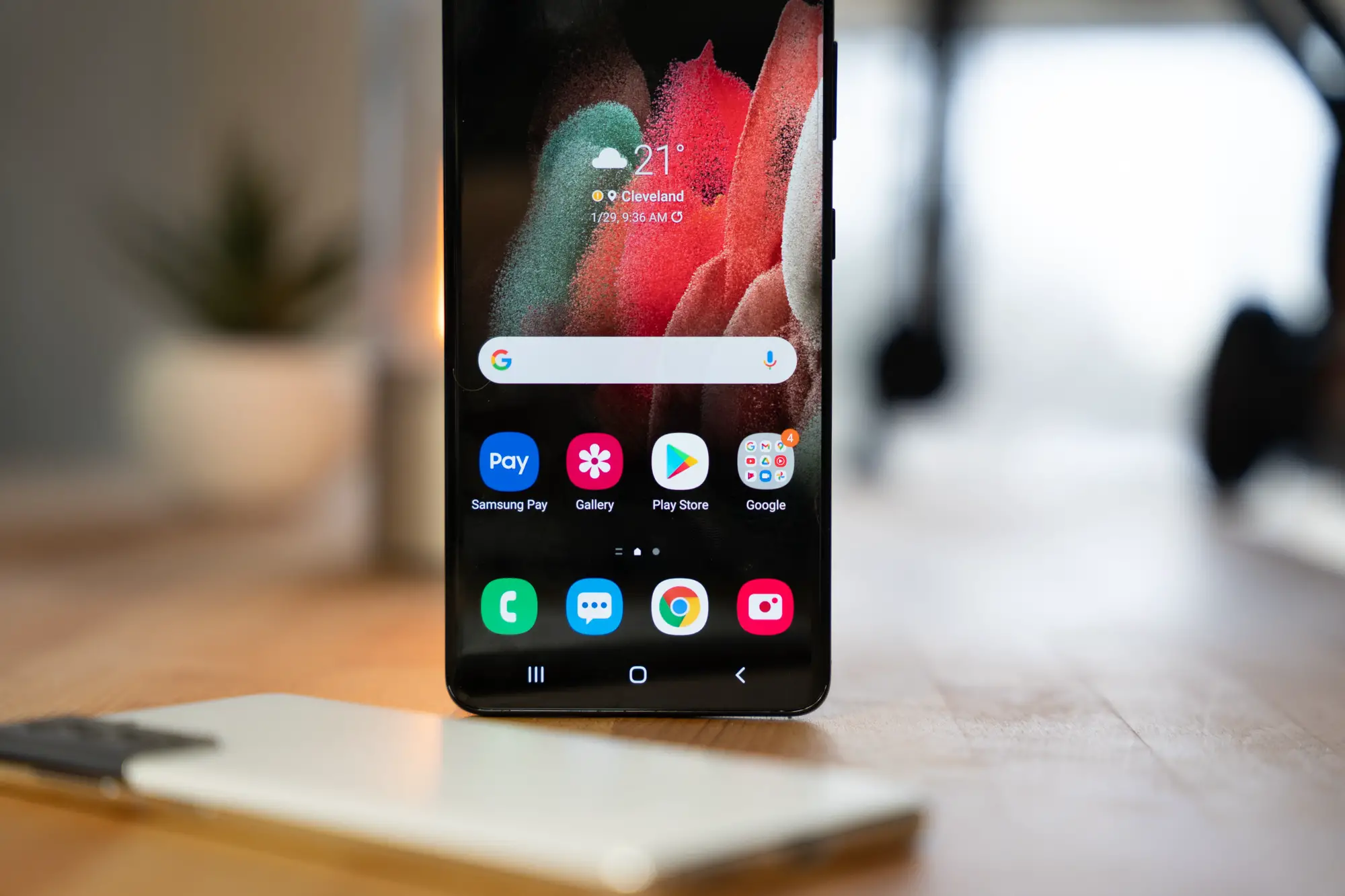


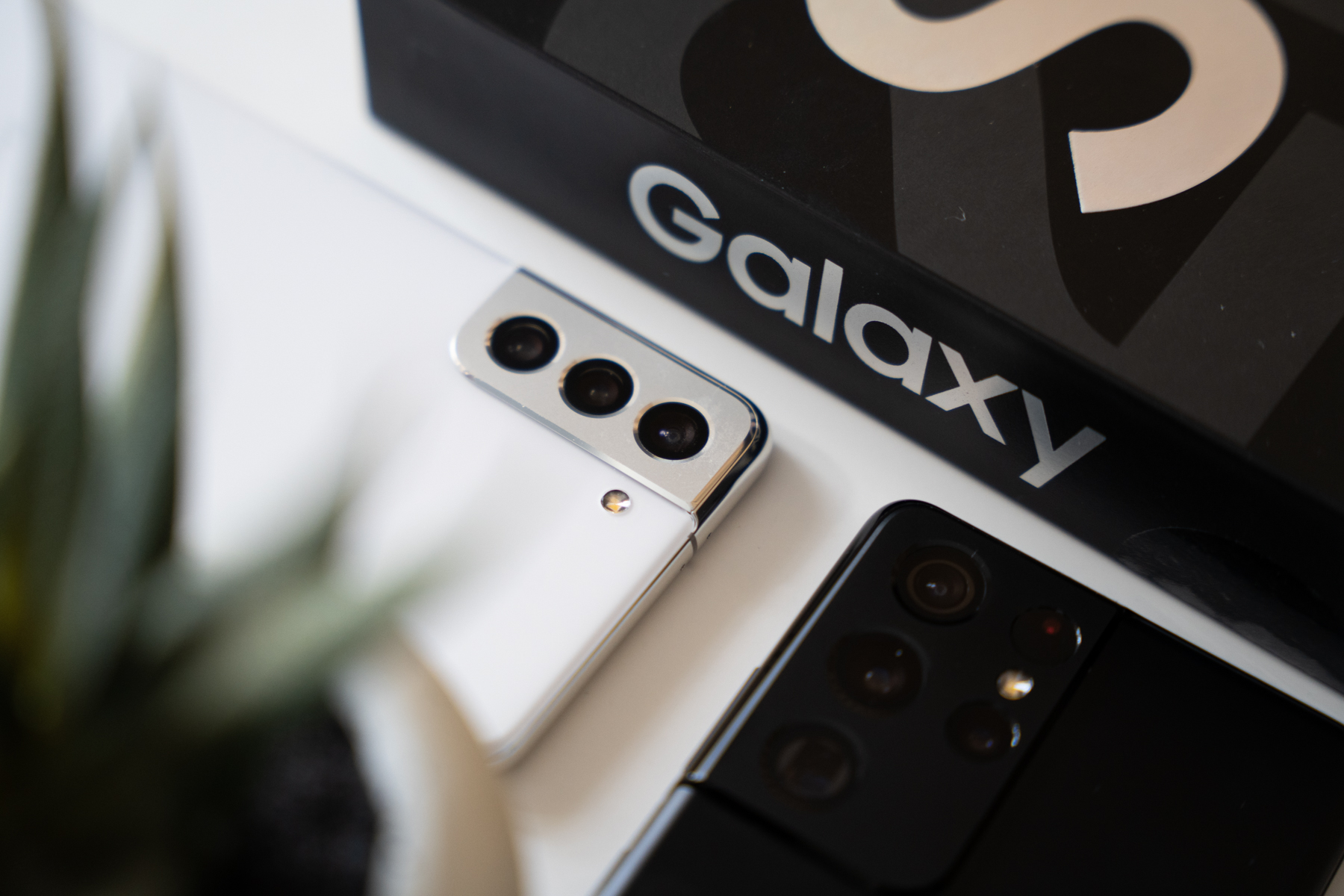


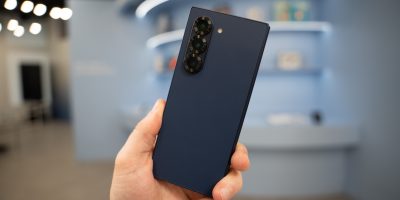

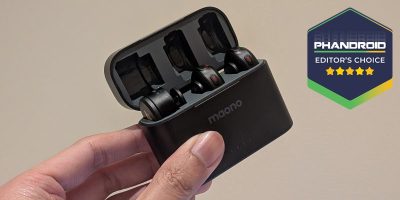




Comments